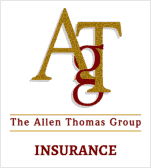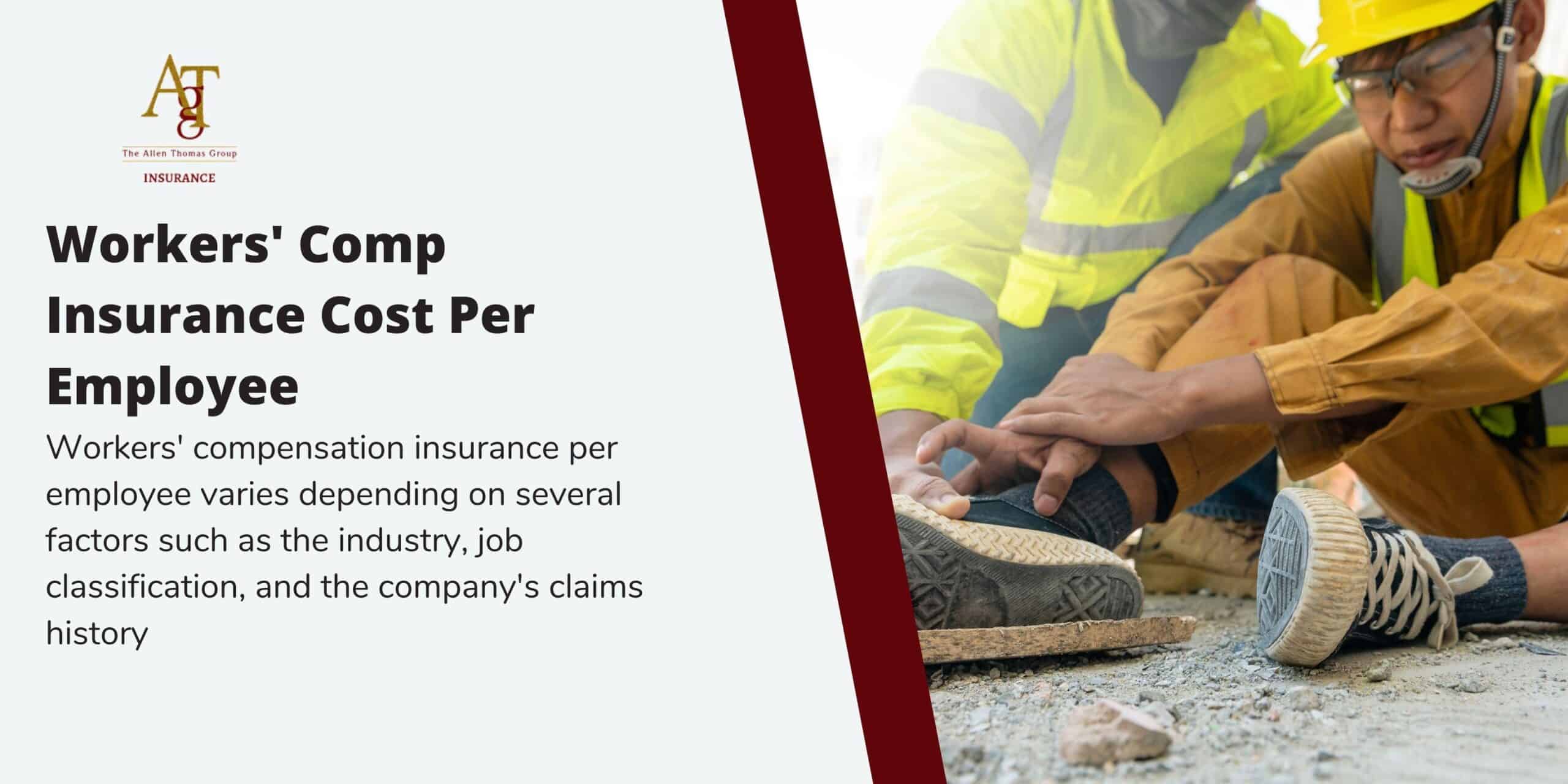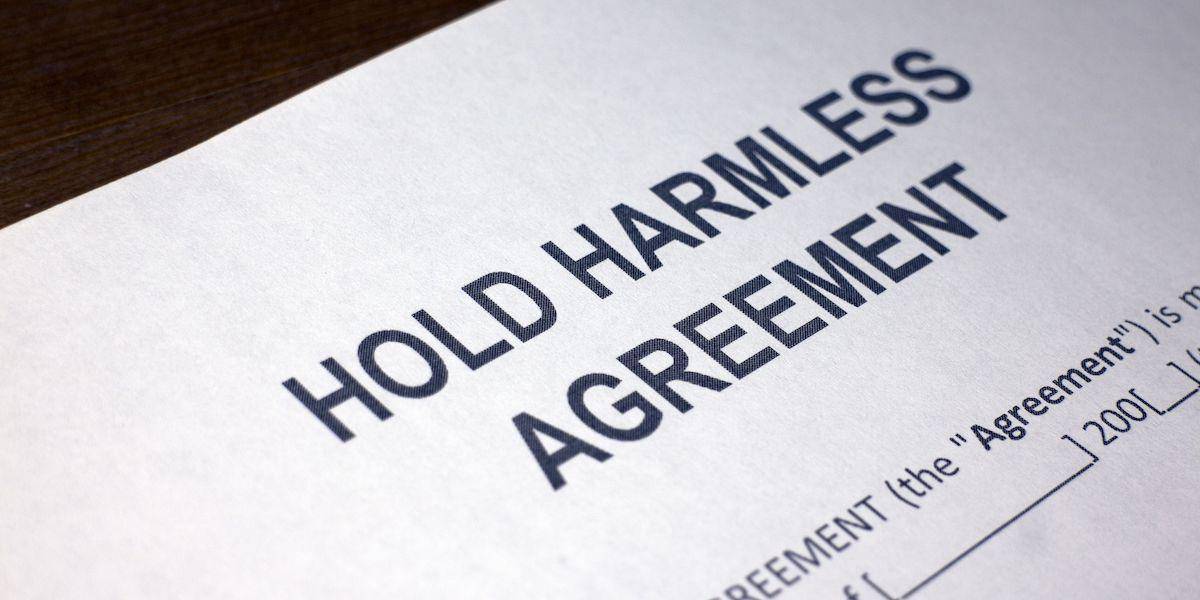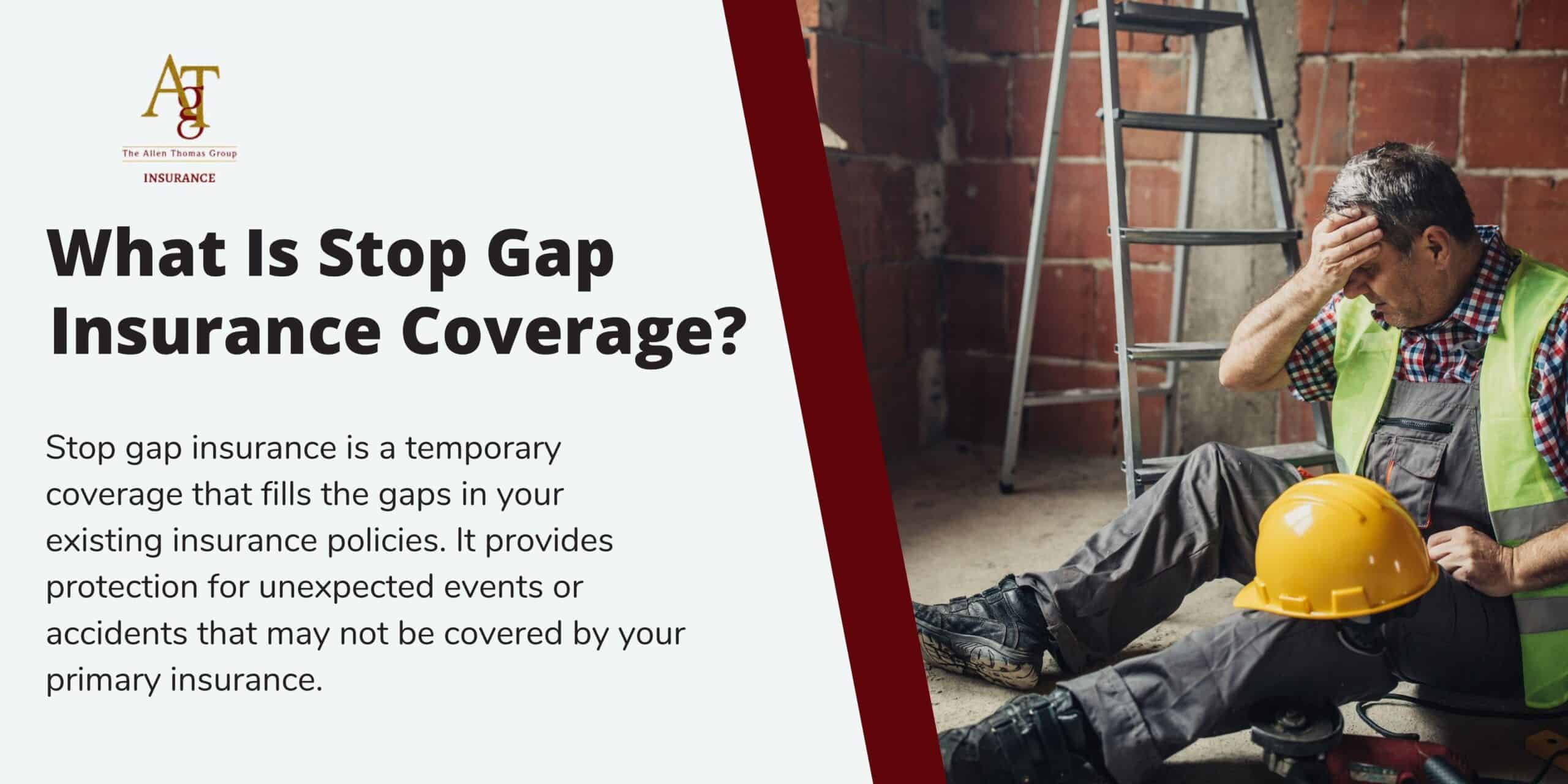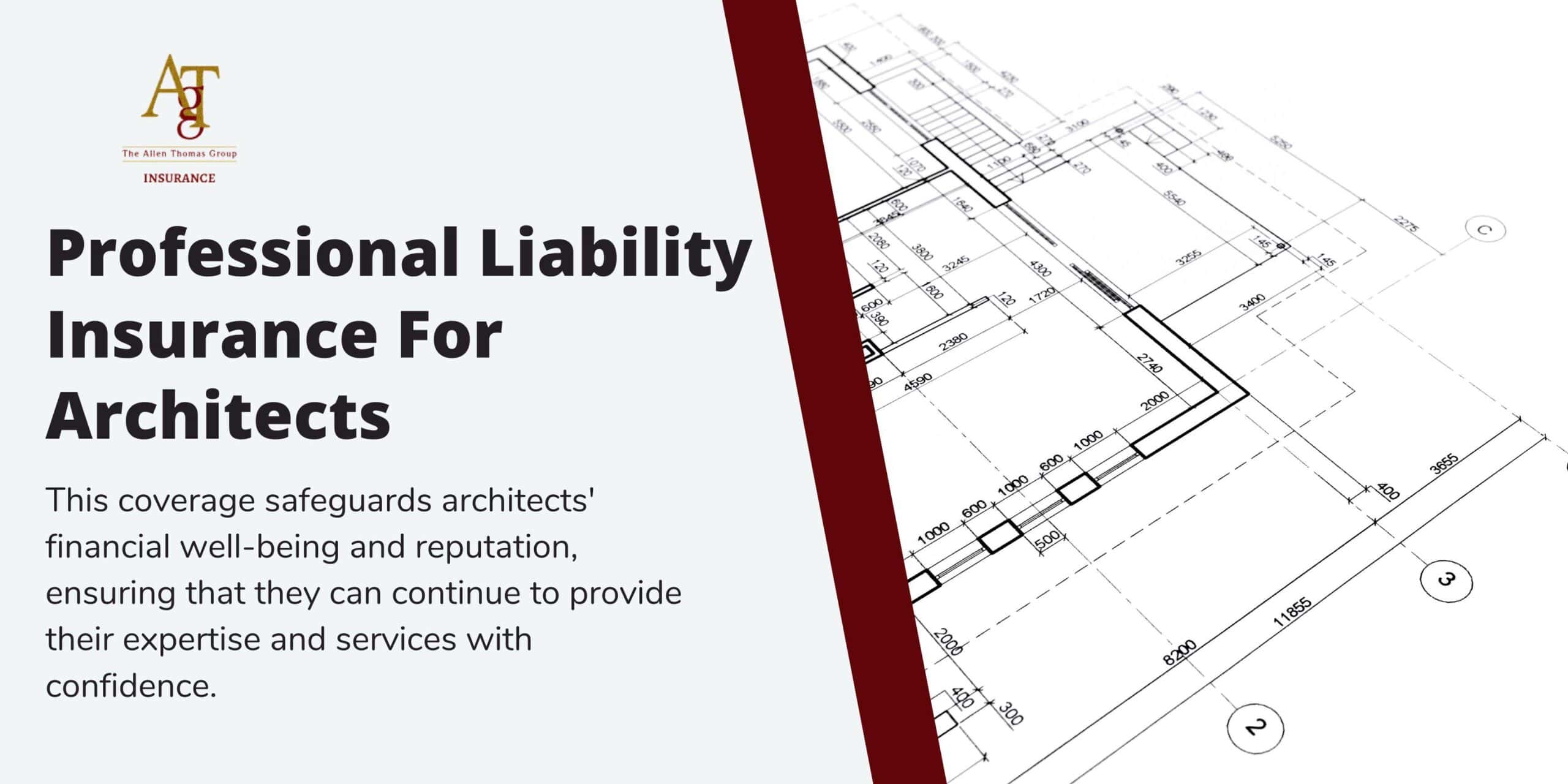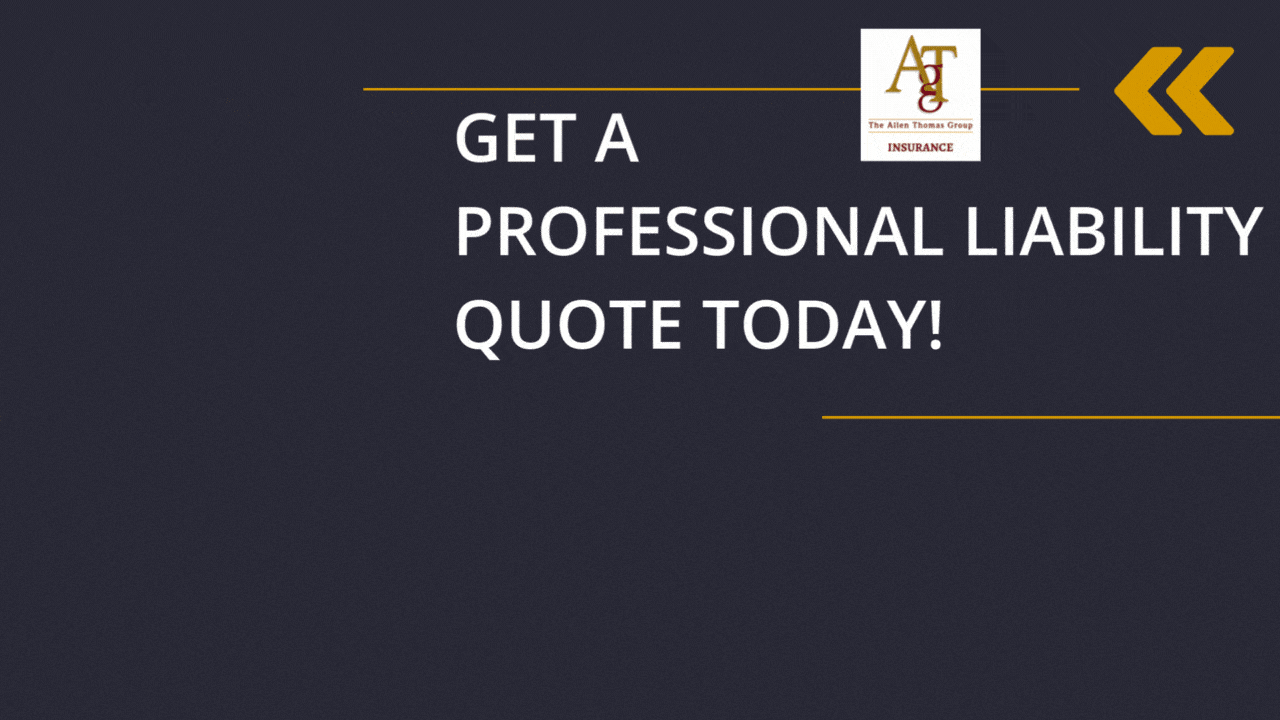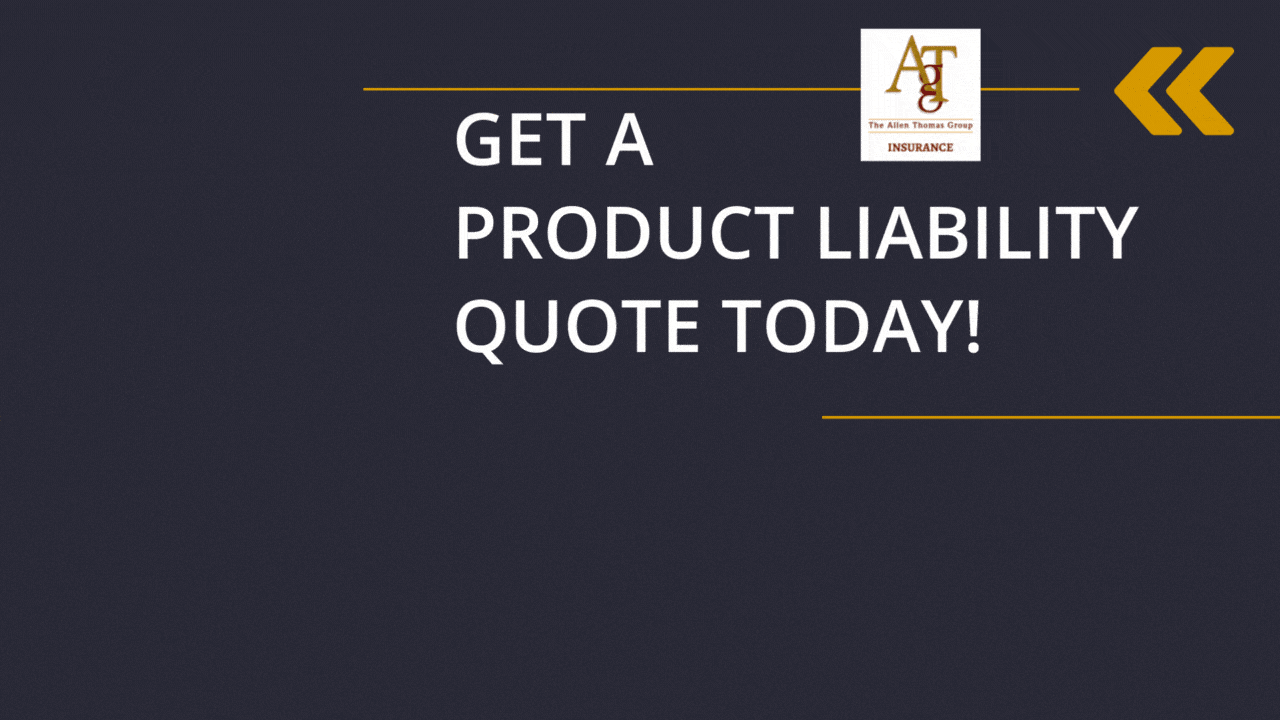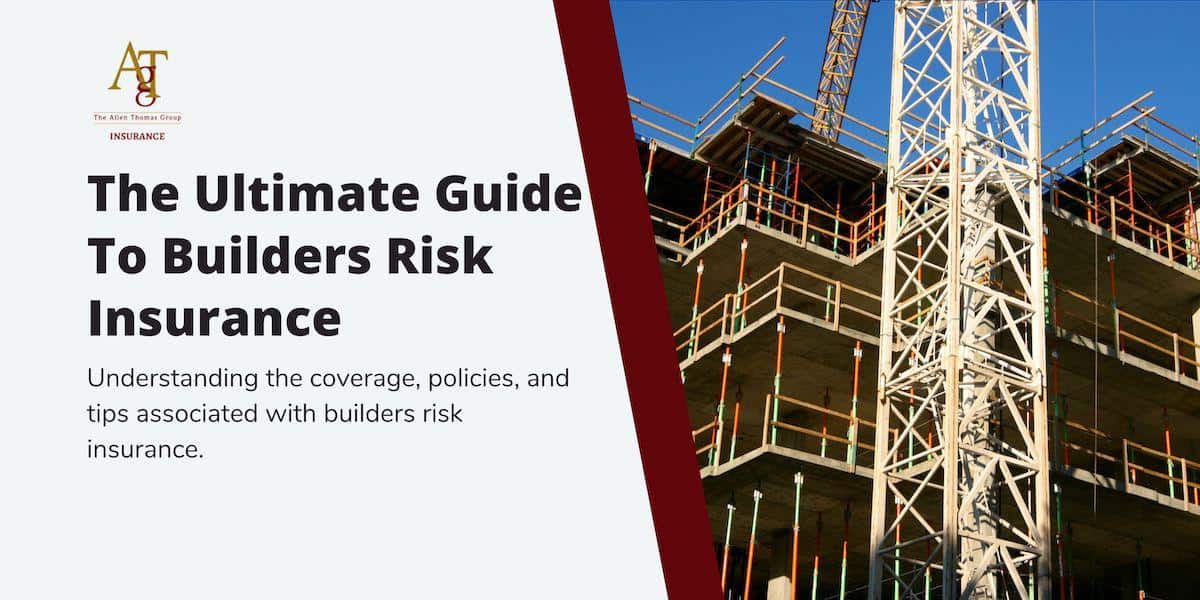Facing the risk of injury in the manufacturing sector is a daily reality.
Boilerplate safety precautions are often not enough to shield employees from potential harm. This is where workers’ compensation insurance plays a pivotal role.
Ensuring the safety and well-being of your workforce isn’t just a legal obligation, it’s a cornerstone of responsible business practice.
Read on to discover why workers’ compensation is so essential in the manufacturing industry – because when it comes to keeping your team both secure and productive, there should never be any loose bolts.
Understanding The Specifics Of Workers’ Compensation
Workers’ compensation is a vital system that provides financial protection for employees who suffer workplace accidents or illnesses.
It ensures that injured workers receive medical treatment, wage replacement, and other necessary benefits, while also shielding employers from potential lawsuits. To truly grasp the significance of workers’ compensation, it’s important to understand how it functions.
In its most basic form, workers’ compensation is a type of insurance that employers are required to have in place to provide coverage for their employees in case of work-related accidents or illnesses.
When an employee gets injured on the job or develops an occupational illness, they can file a workers’ compensation claim to seek compensation for medical expenses, lost wages, disability benefits, rehabilitation costs, and other related expenses.
Let’s consider an example: Emily, a factory worker in the manufacturing industry, sustains a severe back injury while operating heavy machinery at work. She requires immediate medical attention and has to take time off from work to recover.
Without workers’ compensation, Emily would be left to bear the burden of medical bills and lost wages on her own. However, with this essential coverage in place, she can file a claim and receive the financial assistance she needs during her recovery.
The workers’ compensation system varies by jurisdiction but typically operates under the “no-fault” principle. This means that regardless of who was at fault for the injury or illness, employees are entitled to receive benefits as long as the incident occurred within the course and scope of their employment.
Now that we have a solid understanding of what workers’ compensation entails let’s explore its necessity in manufacturing industries.
Some Key Statistics:
- As of 2023, the manufacturing industry contributes to approximately 15% of the United States’ GDP and employs around 8.8% of all U.S workforce, highlighting a high necessity for sound workers’ compensation programs.
- According to the National Safety Council, in 2022, the average cost of a workers’ compensation claim for a manufacturing injury was about $40,000, underlining the significant financial protection provided by these policies to both employees and employers.
The Necessity in Manufacturing Organizations

Manufacturing industries often involve strenuous physical labor and exposure to hazardous conditions. As a result, they pose unique risks and challenges that make workers’ compensation even more critical in this sector.
Think of workers’ compensation in manufacturing as a safety net, ready to catch workers when accidents or illnesses occur. It provides them with the support they need to recover physically, emotionally, and financially.
The necessity of workers’ compensation in manufacturing industries can be better understood by examining the frequent risks associated with jobs in this sector.
- Workers’ compensation is crucial in the manufacturing industry, where employees face physical labor and exposure to dangerous conditions. It serves as a safety net, supporting workers financially and emotionally when they experience accidents or illnesses. By recognizing the unique risks associated with manufacturing jobs, we can better understand the importance of workers’ compensation in this sector.
Frequent Risks in Manufacturing Jobs
Working in the manufacturing industry can be demanding and physically strenuous. With machinery, heavy equipment, and complex production processes, there are various risks involved that can result in injuries or accidents. It is crucial for both employers and employees to understand these frequent risks and take appropriate measures to mitigate them.
One common risk in manufacturing jobs is occupational hazards. These include slips, trips, and falls due to wet surfaces or obstacles obstructing pathways. Inadequate safety measures can also lead to accidents involving machinery, such as getting limbs caught or crushed. Exposure to harmful substances like chemicals or loud noise levels can have long-term health effects if proper protective measures are not in place.
Another significant risk is repetitive motion injuries. Workers in assembly lines or those engaged in repetitive tasks may develop conditions like carpal tunnel syndrome or tendonitis over time. The physical strain of lifting heavy objects can also contribute to musculoskeletal disorders.
Consider a scenario where a factory worker is responsible for operating heavy machinery. If proper training and safety protocols are not followed, there could be a risk of severe injuries such as amputations or fractures due to equipment malfunction or operator error.
Additionally, manufacturing facilities often involve working at heights, which poses the risk of falls if proper precautions like sturdy scaffolding or harnesses are not used. Electrical hazards, such as faulty wiring or improper handling of electrical equipment, can lead to electrocutions or fires.
These are just a few examples of the many risks faced by workers in the manufacturing industry. It is crucial for employers to prioritize workplace safety through comprehensive training programs, maintaining proper safety equipment, enforcing strict safety protocols, and conducting regular inspections.
Now that we have explored some frequent risks in manufacturing jobs, let’s gain insights into the coverage provided by workers’ compensation insurance.
Insights into the Coverage
Workers’ compensation insurance plays a vital role in providing coverage for employees who suffer from work-related injuries or illnesses. In the manufacturing industry, where risks are prevalent, workers’ compensation coverage serves as a crucial safety net for both employers and employees.
Let’s consider a scenario where a manufacturing worker injures their back while lifting heavy machinery. Without workers’ compensation coverage, the financial burden of medical expenses and lost wages would fall solely on the employee. However, with workers’ compensation insurance, the injured worker can receive necessary medical treatment and wage replacement benefits during their recovery period.
Workers’ compensation coverage typically includes reimbursement for medical expenses related to work-related injuries or illnesses. This can include doctor visits, surgeries, medications, rehabilitation programs, and assistive devices like crutches or wheelchairs. Lost wages due to temporary or permanent disability are also covered under workers’ compensation.
Furthermore, workers’ compensation provides additional benefits such as vocational rehabilitation services, which help injured employees return to the workforce through job retraining or placement assistance if they are unable to resume their previous roles. In cases of fatal work accidents or occupational illnesses resulting in death, workers’ compensation may provide death benefits to dependents or surviving family members.
It’s important to note that the specific coverage and benefits provided under workers’ compensation can vary based on state laws and individual insurance policies. It’s crucial for both employers and employees in the manufacturing industry to familiarize themselves with these details to ensure adequate protection is in place.
Having explored the frequent risks in manufacturing jobs and gained insights into workers’ compensation coverage, it is evident that this form of insurance serves as a prevention for both employers and employees in this industry.
Mirroring Typical Benefits

When it comes to workers’ compensation in the manufacturing industry, one crucial aspect is ensuring that injured workers receive benefits that mirror typical benefits offered in other sectors. After all, fair and equitable treatment should be a universal standard, regardless of the industry in which an employee works.
A key benefit that mirrors typical provisions is income replacement. When an employee sustains a work-related injury or illness that prevents them from returning to work temporarily or permanently, workers’ compensation provides wage replacement benefits. This ensures that employees are financially protected during their recovery period or if they become disabled due to a job-related incident.
Another essential aspect is medical care coverage. Just like in other industries, manufacturing workers are entitled to necessary medical treatment for their job-related injuries or illnesses. This includes doctor visits, hospital stays, surgeries, medications, and rehabilitative services. The goal is to ensure that workers have access to appropriate healthcare resources to facilitate their recovery and return to work.
Imagine a factory worker who suffers a severe back injury after lifting heavy machinery. They require immediate medical attention, which includes diagnostic tests such as X-rays and MRIs to determine the extent of their injury. In this case, workers’ compensation would cover these tests as part of the medical care provisions.
Furthermore, mirroring typical benefits encompasses vocational rehabilitation programs. These programs aim to assist injured employees in returning to work by providing vocational training, job placement services, or assistance with modifying current job duties or worksites. The objective is to help injured workers regain their productivity and resume their careers despite any physical limitations resulting from their workplace injury.
With a solid understanding of how workers’ compensation mirrors typical benefits offered in other industries, let’s shift our focus to the crucial area of healthcare provisions within this system.
Health Care Provisions
Workers’ compensation ensures that employees receive necessary medical care for their work-related injuries or illnesses.
This includes a range of health care provisions that address the specific needs of injured workers in the manufacturing industry.
First and foremost, it’s important to note that injured manufacturing workers must be treated by healthcare providers authorized by the Workers’ Compensation Board, unless their employer participates in a Preferred Provider Organization (PPO) program.
This ensures that the treatment received is appropriate, effective, and in line with the standards set by the board.
Think of it as entrusting your car repair to a certified mechanic who specializes in your specific vehicle make and model. By following these guidelines, injured workers can have confidence in the quality of care they receive.
Healthcare providers play a critical role in this process. They are expected to write comprehensive reports regarding the treatment provided and send them to both the Workers’ Compensation Board and the workers’ compensation insurer. These reports help document the progress of the injured worker’s recovery and ensure that all relevant parties are kept informed.
For instance, if a manufacturing employee undergoes surgery for a work-related injury, their surgeon would provide detailed reports outlining the procedure, post-operative care instructions, and any recommended rehabilitation plans.
This documentation is vital not only for tracking the worker’s progress but also for determining the extent of medical expenses covered by workers’ compensation.
Additionally, one significant aspect of healthcare provisions is that workers’ compensation insurers are responsible for paying all related healthcare expenses.
This includes not only medical treatments but also travel expenses incurred due to the injury. Injured workers can request reimbursement for these expenses by submitting a Claimant’s Record of Medical and Travel Expenses and Request for Reimbursement.
It’s essential to recognize that workers’ compensation health care provisions extend beyond general medical treatments.
Wage Protections
One of the fundamental aspects of workers’ compensation in the manufacturing industry is wage protection.
When an employee suffers an injury or illness related to their work, they may be unable to perform their job and earn their regular wages. This can create financial strain for the injured worker and their family. However, workers’ compensation provides a safety net by ensuring that employees receive a portion of their wages while they are unable to work.
For example, let’s consider a scenario where a manufacturing worker injures their back while operating heavy machinery. As a result, they are unable to return to work for several weeks. Without workers’ compensation, this would mean no income during this period, making it difficult for them to cover daily expenses like rent, bills, groceries, and medical costs. However, with wage protections offered through workers’ compensation, the injured employee can receive a percentage of their average weekly wage until they are ready to return to work.
In most cases, wage replacement benefits are calculated based on a percentage of the worker’s pre-injury earnings. The exact formula and percentage may vary depending on state laws and the severity of the injury. It’s essential to understand that workers’ compensation aims to alleviate some of the financial stress caused by work-related injuries or illnesses by providing ongoing support through wage replacements.
Think of workers’ compensation wage protections as a financial lifeline that ensures injured workers can maintain a certain level of stability amidst their recovery process. Just as life jackets keep swimmers afloat in turbulent waters, these wage protections help injured employees stay financially afloat while navigating the challenges of recuperating from workplace-related harm.
Overall, wage protections play a pivotal role in workers’ compensation for manufacturing employees. They not only provide financial support during a period of temporary disability but also help alleviate additional stressors that may hinder an individual’s recovery process. In turn, this promotes a smoother transition back to work and facilitates the overall well-being of injured workers.
Procedural Aspects
While wage protections ensure financial stability for injured employees, it is imperative to navigate the procedural aspects of the workers’ compensation system effectively. These procedures encompass various steps that both the injured worker and their employer must follow to initiate, process, and conclude a workers’ compensation claim.
The first step typically involves notifying the employer about the work-related injury or illness within a specified timeframe. This notification allows employers to take appropriate action, such as providing necessary medical treatment and reporting the incident to their workers’ compensation insurance carrier. Failure to notify the employer could significantly impact the injured worker’s ability to file a successful claim.
Once the injury is reported, the injured employee may need to seek medical attention from an approved healthcare provider. The medical provider’s expertise is crucial not only for diagnosing and treating the injury but also documenting its connection to the workplace. Accurate documentation is vital for substantiating the workers’ compensation claim and ensuring proper benefits are awarded.
Subsequently, employers and their insurance carriers review the claim submitted by the employee. This review process includes assessing whether the injury occurred within the scope of employment and evaluating related medical records. If accepted, benefits such as wage replacements and medical treatment costs are provided. If disputed, additional steps like mediation or formal hearings may be required for resolution.
Throughout this procedural journey, injured workers often find it helpful to seek guidance from experienced workers’ compensation attorneys who can navigate complex legal requirements on their behalf. Attorneys can provide valuable insights into filing deadlines, help gather appropriate medical evidence, negotiate with insurance carriers, and advocate for fair resolutions.
By understanding and adhering to procedural aspects of workers’ compensation claims, all parties involved can ensure a more efficient and fair process. Effective communication between employees, employers, healthcare providers, and legal counsels is essential for streamlining the resolution of claims and facilitating the recovery, treatment, and return to work of injured workers.
Information When Considering its Integral Role For Manufacturing Teams
The manufacturing industry is known for its diverse and complex operations, involving various sectors such as textile mills, leather and allied product manufacturing, computer and electronic product manufacturing, food production, furniture products, printing, metal product development, and more.
With such a broad spectrum of activities and machinery involved, the potential for workplace injuries is significant. From slips and falls to repetitive motion injuries, cuts, burns, amputations, and accidents related to heavy machinery, the manufacturing environment poses unique risks that demand comprehensive protection.
Let’s consider a scenario where an employee in a manufacturing facility operating heavy machinery suffers a severe hand injury. Without workers’ compensation insurance in place, both the employee and employer would be left vulnerable to financial repercussions. The injured worker would bear the burden of medical expenses potentially leading to insurmountable debt. Likewise, the employer could face substantial liability if the injured worker decides to pursue legal action against them. Workers’ comp alleviates these concerns by providing medical cost coverage for the employee while protecting employers from excessive legal fees or settlements.
In addition to addressing immediate concerns following an injury or accident, workers’ compensation also plays a vital role in ensuring smooth operations during uncertain times. It acts as a safety net that provides support not only for injured employees but also for business owners during challenging circumstances.
Imagine a manufacturing business dealing with multiple workers’ compensation claims simultaneously due to occupational hazards. Without proper coverage, managing administrative aspects of these claims could consume substantial time and resources that would otherwise be dedicated to core business operations. Workers’ comp simplifies this process by streamlining claims management and facilitating timely access to medical care for employees.
Let’s consider a small manufacturing company facing the aftermath of a serious workplace accident. The administrative burden and emotional toll on both the injured employee and colleagues can disrupt routine procedures, decrease morale, and impact overall productivity. Workers’ compensation provides financial support and guidance during these difficult times, ensuring that employees receive necessary care and attention while allowing the business to continue functioning smoothly.
Think of workers’ compensation as an insurance policy against unforeseen accidents and injuries in the manufacturing industry. Just as individuals purchase car insurance to protect themselves from potential accidents on the road, manufacturers invest in workers’ comp to safeguard their operations from disruptions caused by workplace incidents.
By promoting safe working environments, fostering employee well-being, and protecting businesses from excessive liabilities, workers’ comp enables the manufacturing sector to thrive while maintaining a balanced ecosystem for all stakeholders involved.
Frequently Asked Questions
How do workers’ compensation claims affect insurance premiums and costs for manufacturing companies?
Workers’ compensation claims can significantly impact insurance premiums and costs for manufacturing companies. Higher claim rates result in increased insurance premiums, as insurers consider the company’s past claims history when determining rates. Additionally, frequent and costly claims can lead to higher experience modification factors, which further elevate premiums. According to the National Council on Compensation Insurance (NCCI), the severity of workers’ compensation claims has been rising steadily over the years, putting additional financial strain on manufacturers. Here you can get a better understanding of work comp cost per employee.
What are some case studies or examples where workers’ compensation played a significant role in the manufacturing industry?
One significant case study in the manufacturing industry where workers’ compensation played a crucial role is the explosion at a chemical plant in 2019 in Texas. The blast resulted in several injured workers and extensive property damage. Through workers’ compensation, these workers received medical treatment, rehabilitation support, and financial assistance for their lost wages. In addition, workers’ compensation also covered the cost of rebuilding the damaged factory. This case highlights how workers’ compensation ensures that injured workers are adequately supported while also enabling businesses to recover from such incidents swiftly.
What are the typical injuries covered by workers’ compensation in the manufacturing industry?
Workers’ compensation in the manufacturing industry typically covers a range of injuries that can occur in the workplace. These injuries commonly include slips and falls, overexertion from lifting heavy objects, repetitive motion injuries like carpal tunnel syndrome, exposure to hazardous chemicals, and machinery accidents. According to the Bureau of Labor Statistics, in 2020, manufacturing had one of the highest rates of occupational injuries and illnesses, with approximately 375,500 cases reported. Thus, workers’ compensation plays a crucial role in ensuring injured workers receive appropriate medical treatment and compensation for loss of wages in these types of incidents.
What steps should a manufacturing company take to ensure compliance with workers’ compensation regulations and standards?
To ensure compliance with workers’ compensation regulations and standards, a manufacturing company should take several steps. Firstly, they should establish clear safety policies and procedures that adhere to industry-specific regulations. This includes conducting regular safety training sessions and maintaining proper records of employee certifications. Secondly, the company should implement robust risk management strategies to identify and mitigate potential hazards in the workplace. Thirdly, it is crucial to consistently monitor and update safety protocols to align with changing regulations and industry best practices. According to a study by the Occupational Safety and Health Administration (OSHA), effective implementation of safety measures can reduce workplace injuries by up to 50% (source: OSHA). Finally, the company should maintain open communication channels with their employees, encouraging them to report any incidents or concerns promptly. These steps collectively foster a safer working environment while ensuring compliance with workers’ compensation regulations.
How do workers’ compensation laws vary across different states and countries for the manufacturing industry?
Workers’ compensation laws for the manufacturing industry can vary significantly across different states and countries. In the United States, each state has its own set of laws and regulations that govern workers’ compensation benefits, which can result in variations in eligibility criteria, benefit rates, and claims processing timelines. Some states even have workers’ compensation handled through monopolistic means. For example, according to data from the National Academy of Social Insurance, as of 2021, the maximum weekly wage replacement benefits range from $235 in Mississippi to $1,705 in Massachusetts.
Let The Allen Thomas Group Help Provide The Solutions and Technology You Need to Make Better Decisions For Your Manufacturer Workers’ Comp Plan

Having good workers’ compensation insurance is super important for manufacturers. It helps protect both workers and the business from unexpected accidents and problems.
At The Allen Thomas Group, we work with the best insurance companies in the United States. We can help you get the right workers’ compensation coverage for your needs. Our team of commercial insurance agents are here to look at the bigger picture and keep your whole manufacturing company safe with proper manufacturer insurance coverage.
To get started, you can reach out for a free quote or call us directly at 440-826-3676 to talk to one of our insurance experts. Let The Allen Thomas Group be your trusted partners in making sure your workers and your business are well-protected.
Get A Workers' Compensation Insurance Quote Now
Author
